Have you ever caught your cat gazing at you with slow blinks, purring softly as it kneads your lap? It’s a magical feeling, knowing you’re the center of your cat’s universe—their sanctuary in a world that often feels far too big for them. Every cat lover dreams of being that one unshakeable place of comfort and safety. But what does it really take to earn that sacred trust? Let’s unravel the secrets behind becoming your cat’s ultimate safe haven, turning your home—and your heart—into the one place they always want to be.
Understanding Your Cat’s Unique Personality
Every cat is its own quirky masterpiece, with likes, dislikes, and comfort zones that are as varied as snowflakes. Some cats are bold and adventurous, while others are shy and reserved, hiding at the faintest sound. Understanding your cat’s basic personality is the first step in making them feel secure. Watch how your cat reacts to new people, loud noises, or changes in the environment. Are they curious or cautious? Paying close attention to their reactions helps you tailor your approach, showing your cat you respect their boundaries. When your cat sees you understand their moods, they’ll feel safer and more at ease around you. Never force interactions—let your cat set the pace. This patience is key to building lasting trust and a sense of safety.
Creating a Consistent Routine
Cats are creatures of habit, and they thrive on predictability. Establishing a daily routine—regular feeding times, play sessions, and even cuddle moments—helps your cat know what to expect. This predictability can be incredibly comforting, especially in a world full of surprises. Try feeding your cat at the same time each day, and stick to a familiar bedtime ritual, such as a gentle petting session or a favorite toy. When your cat knows what’s coming next, their anxiety levels drop, and their affection for you grows. Consistency shows your cat that you’re reliable, making you their go-to person when they need reassurance. Even small changes in routine should be introduced gradually, so your cat feels in control.
Providing Safe Spaces
A safe space is a sanctuary where your cat can retreat when the world feels overwhelming. This could be a cozy corner of the couch, a soft bed in a quiet room, or even a cardboard box tucked away from foot traffic. Make sure your cat has access to these spots at all times. Place familiar blankets or toys in their chosen space to add a comforting scent. Avoid disturbing your cat when they’re in their safe spot—respect for their privacy is crucial. The more your cat knows they have a reliable retreat, the more likely they are to seek comfort from you, too. Over time, these refuges become symbols of your care and understanding.
Using Gentle, Predictable Touch
Touch is a powerful tool in communicating safety to your cat, but it must always be gentle and predictable. Some cats adore being petted, while others prefer head rubs or chin scratches. Pay attention to your cat’s body language—flattened ears, twitching tails, or sudden movement away means “not now.” Always let your cat initiate contact if they’re uncertain. Use slow, deliberate movements, and never grab or restrain them suddenly. Over time, your cat will associate your touch with comfort and relaxation. A soft caress can become a powerful signal of safety, reassuring your cat even in stressful times.
Keeping the Environment Calm
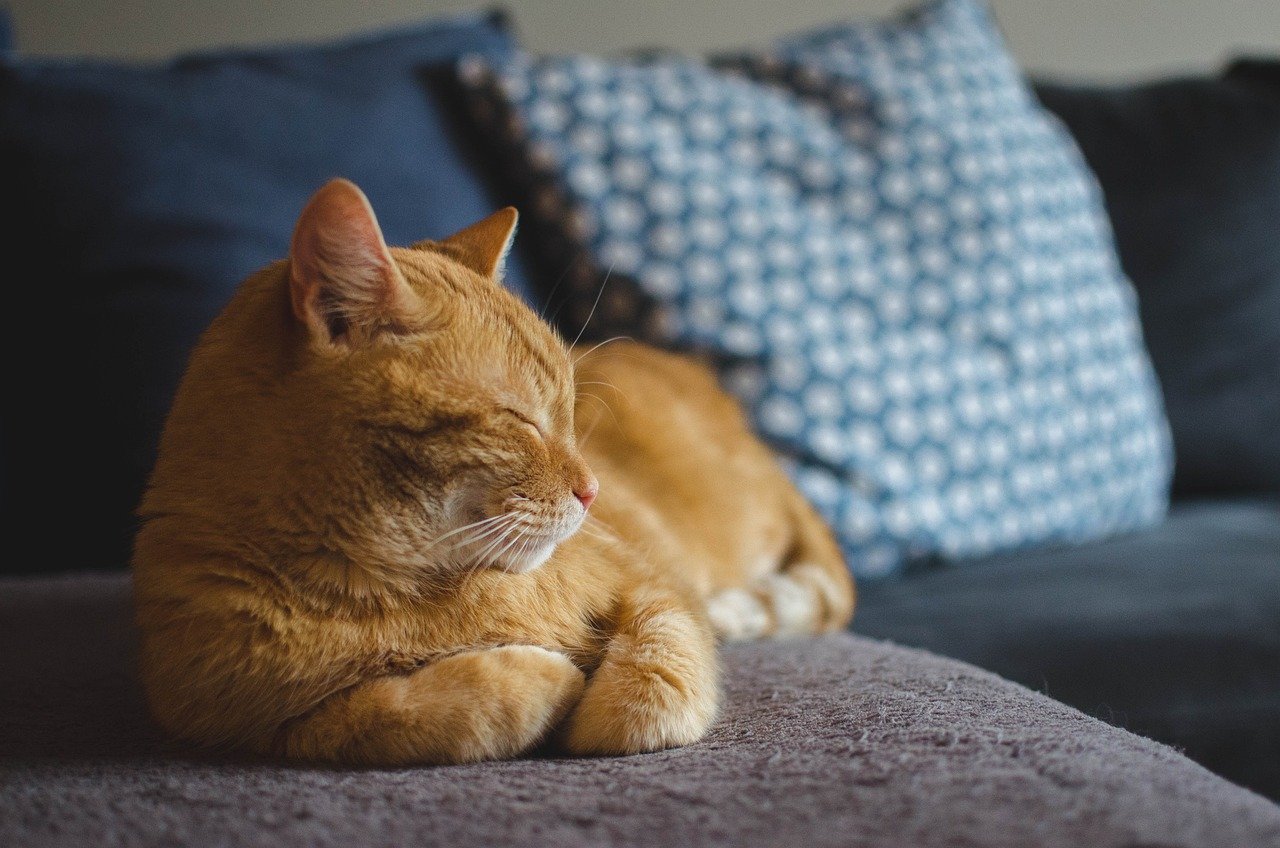
A calm environment is essential for a cat’s sense of security. Loud noises, sudden guests, and chaotic activity can send a sensitive cat into hiding. Try to minimize loud sounds, and give your cat advance warning if something disruptive is about to happen, like vacuuming or rearranging furniture. Consider playing soft music or using a white noise machine to mask jarring sounds. If you have visitors, give your cat space and let them approach on their own terms. Creating a peaceful atmosphere helps your cat relax and associate your presence with tranquility. When your cat feels safe in their surroundings, they’ll be more likely to seek you out for comfort.
Offering High Perches and Hiding Spots
Cats feel safest when they can observe their environment from above or hide away if they feel threatened. Provide cat trees, shelves, or window perches where your cat can watch the world go by. Hiding spots, like tunnels or covered beds, offer a private escape when things get too intense. These vertical and hidden spaces give your cat control over their environment, which is deeply reassuring. Rotate new perches or boxes occasionally to keep things interesting. By giving your cat choices, you empower them to manage their own comfort, making your home a safe haven.
Respecting Their Need for Space
Cats aren’t always in the mood for socializing, and that’s perfectly normal. Sometimes, the best way to be your cat’s safe place is to give them space when they need it. If your cat retreats under the bed or into another room, resist the urge to follow or coax them out. Let them recharge at their own pace. When they’re ready, they’ll come back to you, often seeking out your lap or a gentle hand. Respecting their boundaries tells your cat you’re someone they can trust, no matter what. This mutual respect is the foundation of a safe, loving relationship.
Using Soothing Scents and Familiar Smells
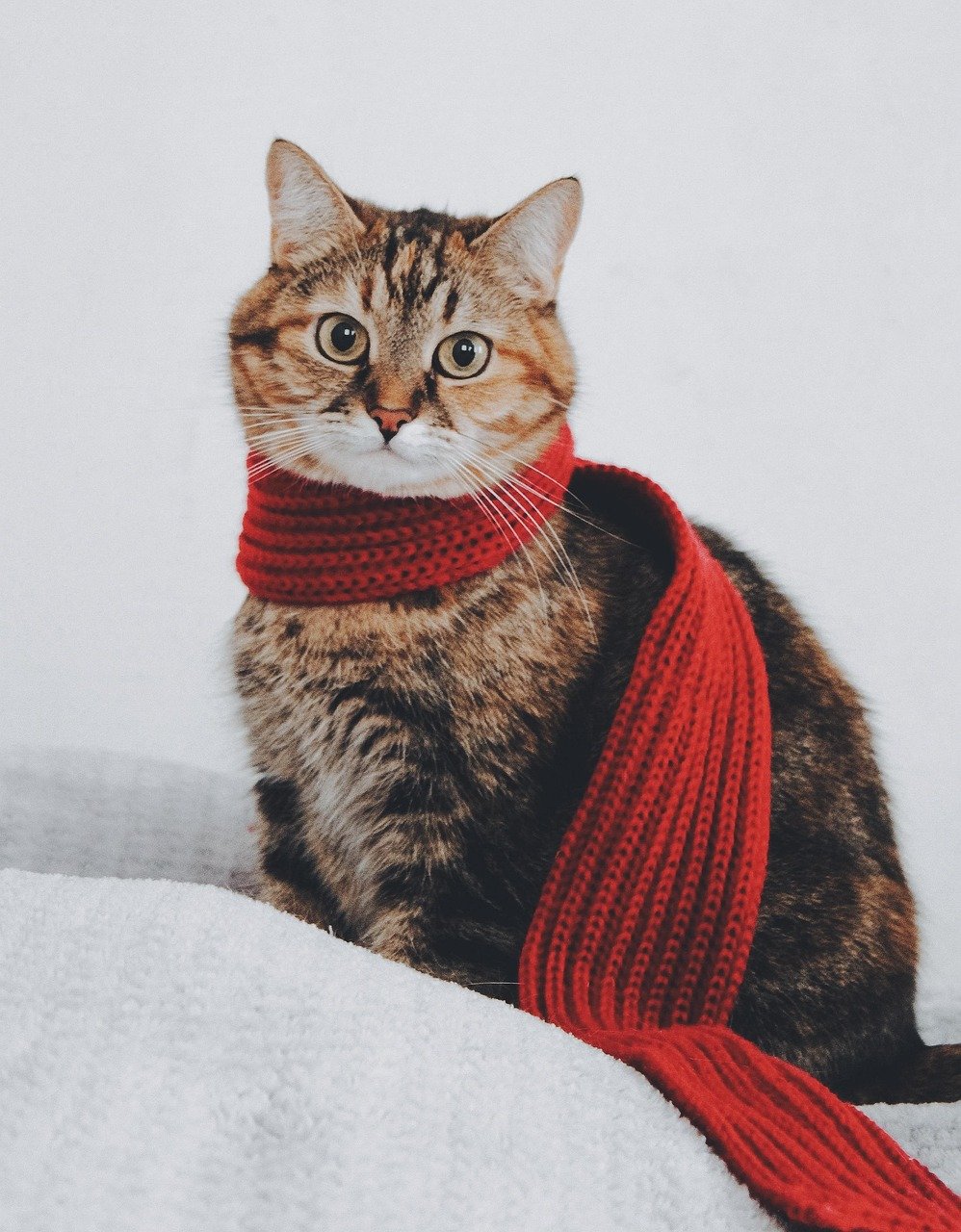
Cats rely heavily on their sense of smell to navigate the world and feel safe. Surround your cat with familiar scents, like their own bedding, your unwashed t-shirt, or a favorite toy. Avoid using strong perfumes or cleaning products that could mask these comforting odors. Some cat owners use synthetic pheromone sprays or diffusers that mimic the scent of a content cat, which can help reduce anxiety. Keeping the olfactory environment familiar and soothing makes your cat feel at home, even when the world outside is unpredictable. Scents can be powerful reminders that you are a source of safety.
Playing Together Regularly
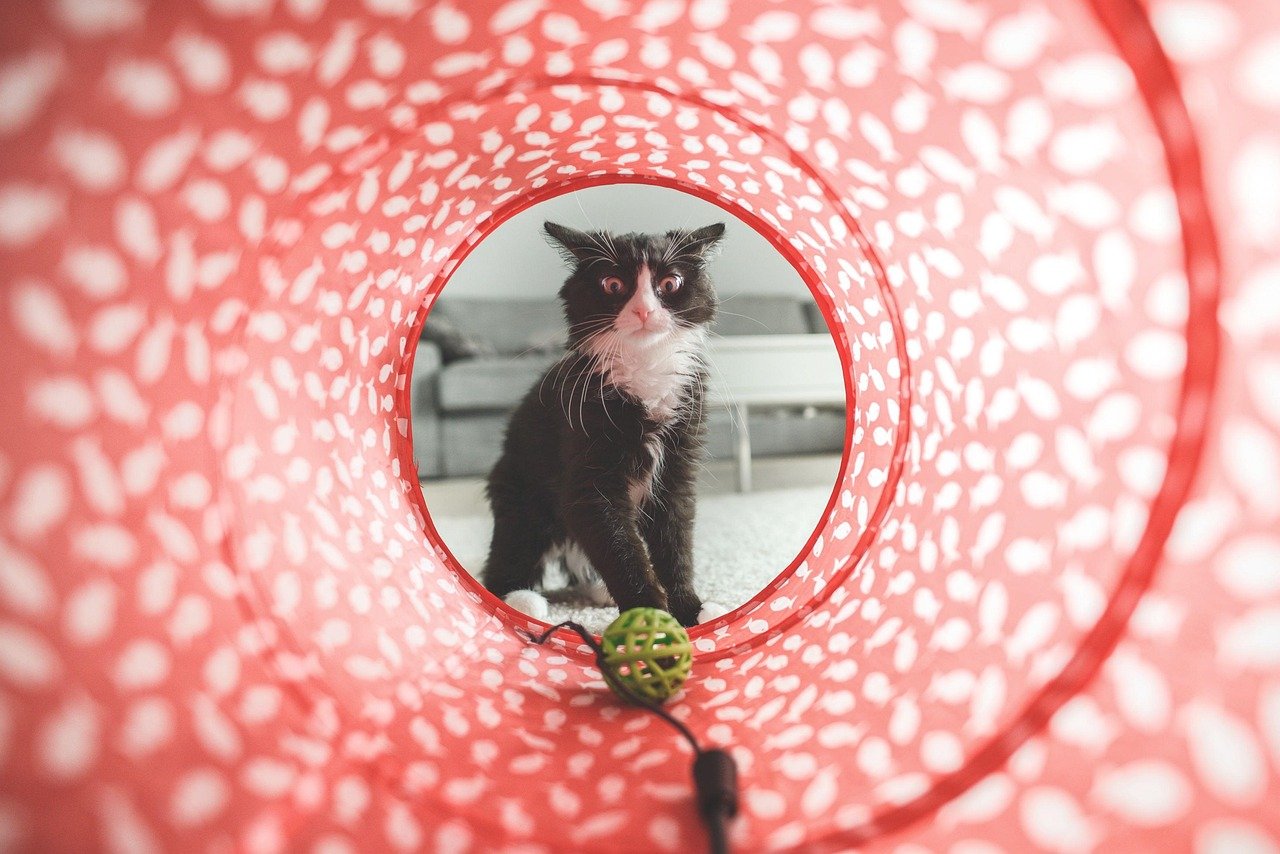
Playtime is about more than just exercise—it’s a vital bonding activity that builds trust and security. Use interactive toys like feather wands, laser pointers, or small balls to engage your cat in fun, energetic games. These sessions help your cat burn off excess energy and release stress. Always let your cat “win” by catching the toy occasionally, boosting their confidence and sense of control. Play also mimics hunting behavior, which is deeply satisfying for cats. By making playtime a regular part of your routine, you show your cat that being with you is exciting and safe.
Feeding with Love and Care
Mealtime is a powerful opportunity to reinforce your role as a provider and protector. Feed your cat high-quality food at consistent times, and create a calm, pleasant feeding area away from noisy appliances or other pets. Some cats appreciate being talked to softly during meals or having their favorite treats as a reward for good behavior. Watch for signs your cat is enjoying their food—purring, kneading, or relaxed posture are all good indicators. The act of feeding becomes a ritual of trust, reminding your cat that you’re always there to care for them.
Minimizing Stressful Situations
Stress can quickly undermine a cat’s sense of safety, so it’s important to identify and minimize sources of anxiety in your home. Sudden changes, loud arguments, or frequent visitors can make your cat feel threatened. If you must make changes, introduce them slowly and provide extra comfort during the transition. Use calming routines, extra playtime, or soothing scents to help your cat adjust. The less stress your cat experiences, the more they’ll associate you with peace and security. Reducing anxiety isn’t just about comfort—it’s about building an unbreakable bond.
Handling Introductions Carefully
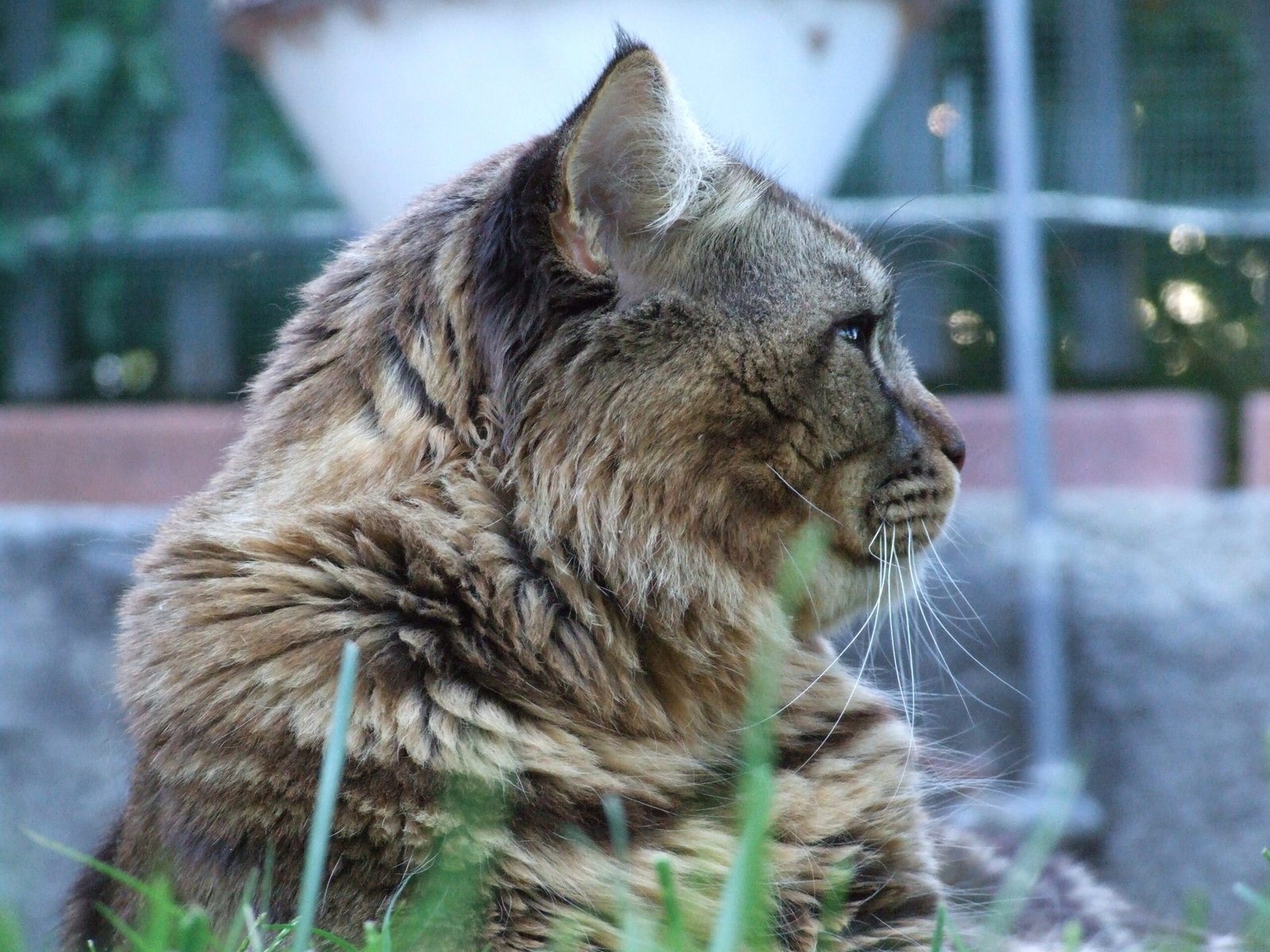
Introducing your cat to new people or pets can be a delicate process. Always go slow, allowing your cat to observe from a distance before making direct contact. Use treats or gentle praise to reward calm behavior. Never force interactions—let your cat decide when they’re ready. If your cat feels overwhelmed, give them a safe escape route. Over time, your cat will learn that you’re their protector, even when new faces appear. Careful, respectful introductions reinforce the idea that your presence means safety, no matter what’s happening around them.
Offering Comfort During Scary Moments
Thunderstorms, fireworks, or trips to the vet can terrify even the bravest cats. During these moments, your role as a safe place becomes even more important. Stay calm and speak softly, offering gentle petting if your cat seeks it. Provide access to their favorite hiding spots, and consider using a pheromone spray for extra comfort. Stay nearby without crowding them—sometimes just being present is enough. When the scary moment passes, reward your cat with treats or extra cuddles. By helping your cat through tough times, you prove you’re their unwavering source of comfort.
Communicating with Body Language

Your cat pays close attention to your body language, so it’s important to communicate in ways they understand. Move slowly and avoid sudden gestures that could startle them. Get down to their level by sitting or kneeling, making yourself less intimidating. Use a soft voice and relaxed posture to show you’re not a threat. Watch your cat’s responses—tail position, ear movement, and eye contact all give clues about their feelings. The more you “speak cat,” the more your feline will trust you as their safe place.
Providing Health Care Without Fear
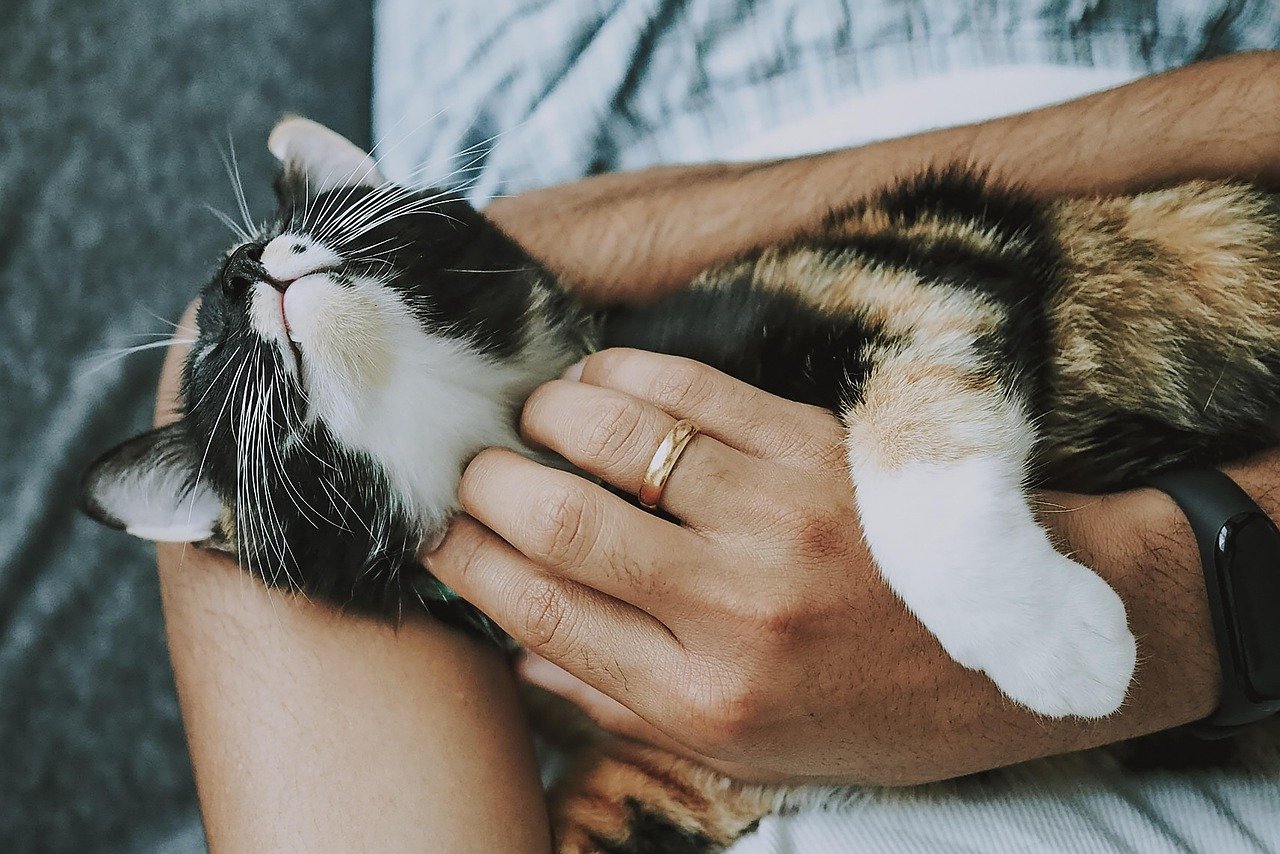
Trips to the veterinarian or giving medication can be stressful for both you and your cat. Make these experiences as positive as possible by rewarding calm behavior and using gentle handling. Practice getting your cat comfortable with their carrier by leaving it out as a cozy resting spot. After vet visits, offer special treats or favorite toys to help your cat recover. Your gentle, caring approach during these times reassures your cat that you’re always looking out for their well-being, no matter what.
Reacting Positively to “Accidents”
Even the best-behaved cat can have accidents—scratching furniture, missing the litter box, or knocking things over. Reacting with anger or punishment only teaches your cat that you’re unpredictable. Instead, stay calm and redirect their behavior gently. Offer alternative scratching posts, clean up accidents without fuss, and use positive reinforcement for good behavior. When your cat knows you won’t lash out, their trust in you deepens, making you their steadfast safe place.
Building Trust Through Patience
Trust doesn’t happen overnight—especially if your cat has had negative experiences in the past. Be patient and let your cat set the pace for how quickly they want to bond. Celebrate small victories, like a new cuddle or a brave step out of hiding. The more you show patience and understanding, the more your cat will turn to you for comfort. Over time, patience becomes its own kind of love, proving to your cat that you’re always there, no matter how long it takes.
Encouraging Gentle Socialization
Socialization isn’t just for kittens—adult cats can benefit from positive, gentle exposure to new experiences. Invite friends over one at a time and let your cat observe from a safe distance. Offer treats and praise for calm behavior, and never force your cat to interact. Gradually, your cat will learn that new experiences aren’t something to fear, especially when you’re by their side. Your support during these moments teaches your cat that you’re their constant in a changing world.
Celebrating Your Cat’s Achievements
Every milestone matters, from a brave exploration of a new room to calmly meeting a new friend. Celebrate these achievements with gentle praise, treats, or extra playtime. Let your cat know you notice and appreciate their courage. This positive feedback strengthens your bond and helps your cat see you as their biggest supporter. By sharing in their successes, you become the safe place they always want to return to.
Responding to Changes in Behavior

Sudden changes in your cat’s behavior—hiding more, eating less, or acting withdrawn—can be signs of stress or illness. Always pay attention to these changes and respond with empathy and care. Check for possible environmental stressors, and schedule a vet visit if needed. Your quick, loving response reassures your cat that you’re always watching out for their well-being. Being attentive to their needs, even when things aren’t perfect, cements your status as their ultimate safe haven.
Making Every Moment Count
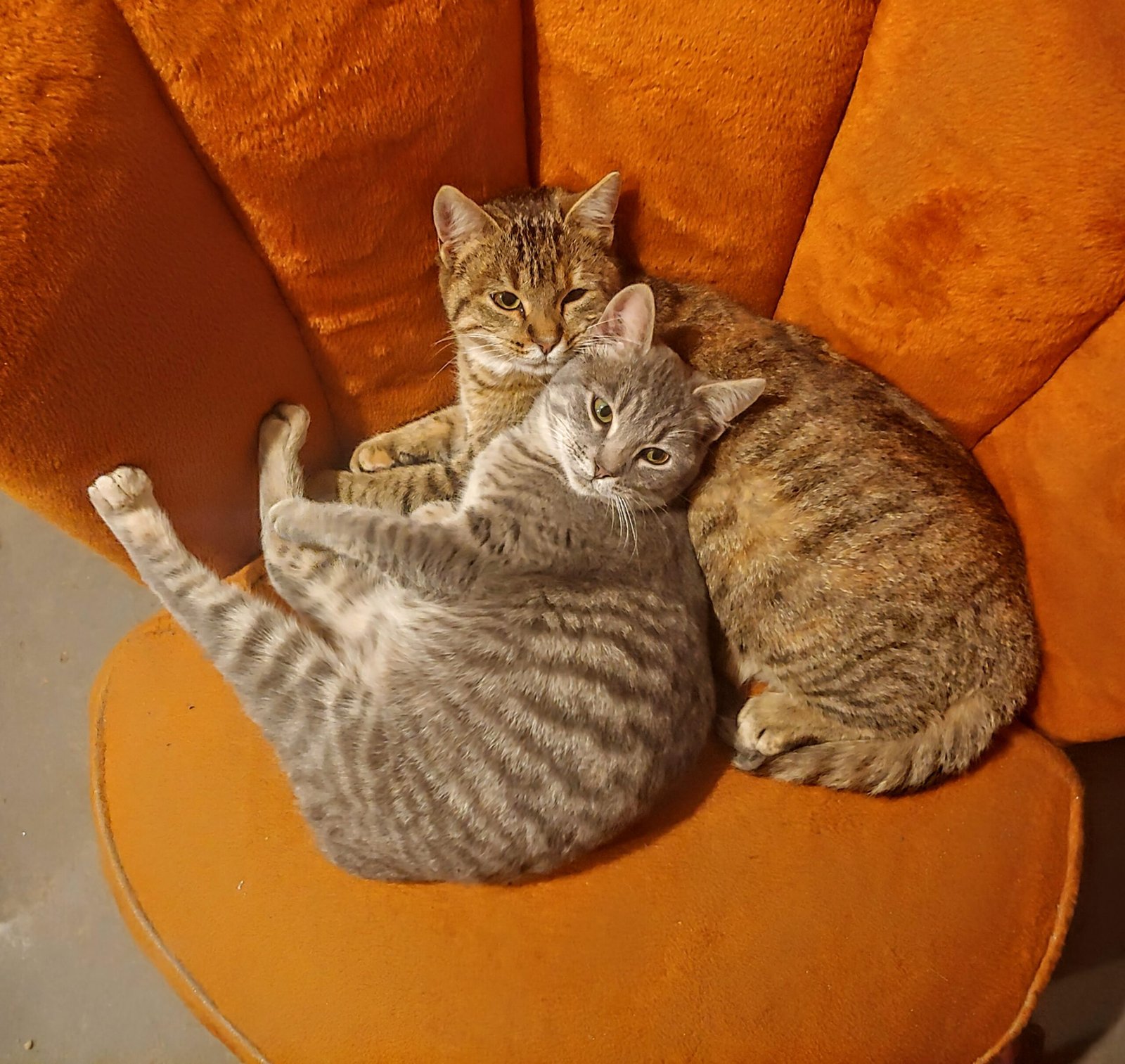
Life with a cat is made up of countless small moments—shared naps, gentle head bumps, soft purrs in the quiet of the evening. Cherish each interaction, no matter how ordinary it may seem. The more you show up for your cat with kindness and patience, the safer they’ll feel in your presence. Over time, your cat will come to see you not just as a provider, but as their home—the one place they always feel safe.
Hi, I’m Bola, a passionate writer and creative strategist with a knack for crafting compelling content that educates, inspires, and connects. Over the years, I’ve honed my skills across various writing fields, including content creation, copywriting, online course development, and video scriptwriting.
When I’m not at my desk, you’ll find me exploring new ideas, reading books, or brainstorming creative ways to solve challenges. I believe that words have the power to transform, and I’m here to help you leverage that power for success.
Thanks for stopping by, Keep coming to this website to checkout new articles form me. You’d always love it!






